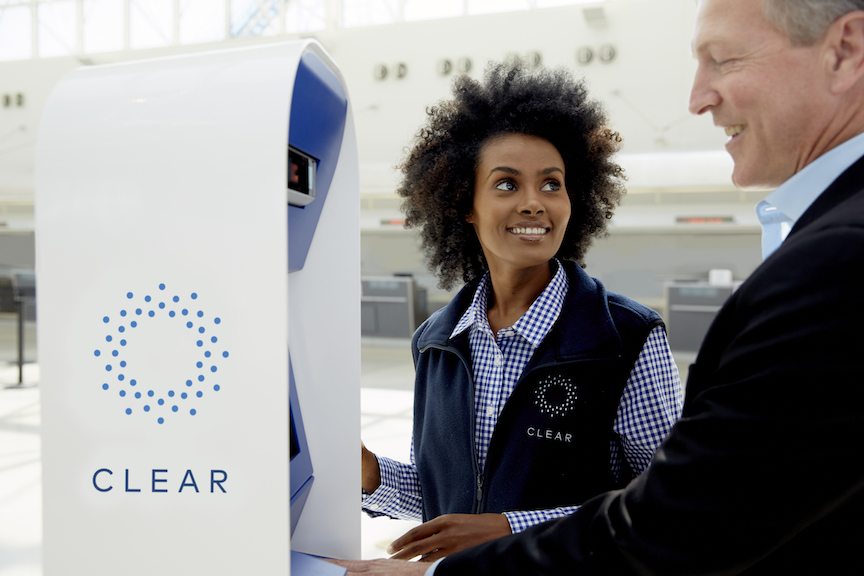Clear Strives to Become an Airport Security Alternative for Supertravelers

Skift Take
 Colin Nagy, head of strategy at Fred & Farid, a global advertising agency, writes this opinion column for Skift on hospitality, innovation, and business travel. “On Experience” dissects customer-centric experiences and innovation across hospitality, aviation, and beyond.
Colin Nagy, head of strategy at Fred & Farid, a global advertising agency, writes this opinion column for Skift on hospitality, innovation, and business travel. “On Experience” dissects customer-centric experiences and innovation across hospitality, aviation, and beyond.
In 2007, I covered my initial experience with a service called Clear, geared towards frequent travelers and rolled out in airports around the US. The value proposition was simple and ahead of its time: Cut through airport security quickly.
This was long before the days of TSA PreCheck, and was somewhat useful but limited in scope and incredibly clunky. The sign-up process was long, involved a physical card, and wasn't widely used by the traveling public.
Skip 10 years forward, and after being bought out of bankruptcy for $6 million by financial industry executives Caryn Seidman Becker and Kenneth Cornick, Clear has has proven extremely valuable on my recent trips. Delta bought a 5 percent stake of the business last year and it is starting to scale with access in 24 airports, including JFK, LaGuardia, LAX, Detroit, Atlanta, and other key hubs.
After letting my initial membership lapse in the early days of the service, I was aggressively media targeted to try the service again. I caved, wondering if there was time to be saved under new ownership, and found that it is like interacting with a completely different company than the one initially founded by Steven Brill back in 2003.
First off, the user experience has improved considerably. Friction is substantially removed. The stations are no longer unwieldy boxes. Rather, the slimmed down, nicely designed kiosks require minimal interaction: two fingers, and a scan of your boarding pass.
Then, you move through the Clear lane into either physical screening or, if you have TSA PreCheck, right to the front of that line. Attendants help along the way and smooth out any kinks. My recent experiences at SFO and Reagan National Airport, airports where the PreCheck line can become comically unwieldy, saw me get through the line in under a minute. There was serious value created. (And there should be; the cost is $179 a year, far more than PreCheck's $85 fee for five years or the $100 cost to sign up for Global Entry through U.S. Customs and Border Protection.)
To enroll, users complete an online process, and then visit one of the airport locations or an enrollment center with valid ID. No appointment is needed, unlike TSA PreCheck enrollment. After signing up for Clear online, the company says the final in-person step takes just five to 10 minutes to complete.
Following its investment, Delta rolled out a test with Clear, whereby users just need to present two fingers on a Clear screen at a boarding gate, rather than a boarding pass or mobile phone. The service is also available for lounge check-in at the Delta Sky Club at National. A quick trial when flying from DC back to JFK saw it work well. It was novel rather than anything, but also hinted at the other potential applications for the brand in the future.
The service has been rolled out at large-scale sports arenas, allowing people to skip lines.
Many industry analysts and travel commentators have been super skeptical of Clear's reason to exist. But Seidman Becker, the company's CEO, told Crain's that "the technology is delivering a predictable experience…You'll always know you'll get through security in five minutes or less."
This is exactly the value proposition I've found.
Will this be useful for every traveler? Absolutely not, especially since it's still not as ubiquitous as PreCheck. However, for those that are on the road (and willing to cough up the $179 a year) and want to maximize every possible hack to save time and reduce friction, Clear is now worth looking into, even if you have PreCheck. The potential future applications beyond sports stadiums is icing on the cake.





